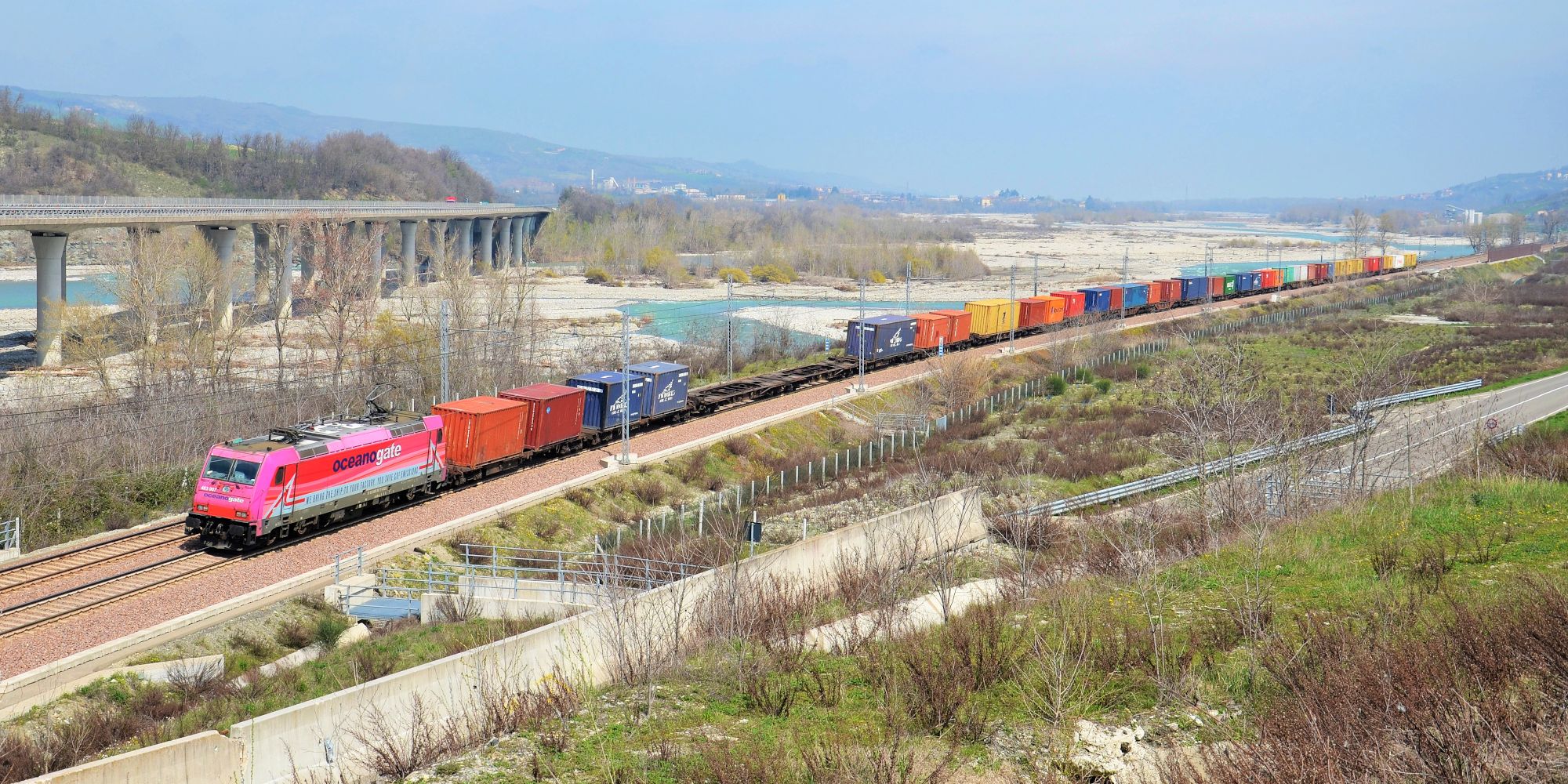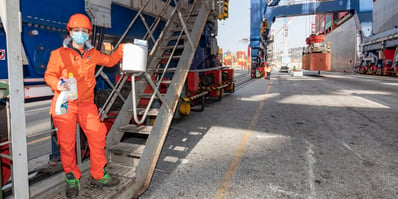We discussed with Dr. Beard about the effects of COVID-19 on global supply chains and intercontinental rail services, China-EU trades and reshoring. This interview is in two parts, here you can read the second part.
Covid-19 impacted supply chains all over the world. How do you see that change in sea trade and rail freight connections? In particular the impact on the routes between China and Europe?
I think we have to distinguish between cyclical changes and structural changes caused by COVID-19, but it’s too early to say with any certainty as the effects of the virus are still playing out. The efforts that China is putting into developing the rail freight markets are significant.
However, one of the problems to date is that the ‘market’ is highly fragmented. In China, we have five to six intermodal centers, all trying to find volumes. Secondly, due to relatively high subsidies, and ‘blunt’ throughput targets, routing decisions have tended not to be driven by market forces or efficiency.
The market needs to operate without heavily distorting subsidies and with greater opportunities for consolidation to achieve scale economies. Rail freight is not necessarily a direct substitute for an ocean voyage for the China-Europe route but as an alternative routing choice, that can be competitive for certain cargoes and origin-destination pairs. It is beneficial to China to develop rail freight as it offers choice (a diversification of the China logistics network), additional resiliency, visibility, and environmental sustainability.
Apart from rail freight, Covid-19 is also reshaping global trade as well. How does it impact the trade between China and Europe? Will it happen naturally?
Currently we are discussing near-shoring/reshoring due to the supply chain disruption caused by COVID-19 and the on-going US-China trade war. The converse argument being that not only is the scale of the Chinese production base impossible to replicate but also that its quality is improving all the time. For an importer in the US or Europe, they might therefore diversify their risk with a China strategy of China Plus One or China Plus Two strategy, so they'd be diversifying out of China without pulling out completely.
From a China perspective, its main concern is to improve the supply chain visibility and resiliency, and to assure trading partners that risk diversification can be achieved within China itself. Not only can China support logistics with sea routes, but also to provide alternative land routes to other locations.
How do you see the role of the Belt and Road initiative in supporting supply chain recovery after we enter a more stable period post COVID-19?
Currently, some BRI-related projects have led to certain ‘blowback’ in host countries due to a lack of localization, limited project preparation, limited independent due diligence and concerns over rising indebtedness. Not surprisingly, there is a view that this needs to be adjusted. However, in other instances, BRI has delivered much needed infrastructure and expertise.
From a China perspective, there has been a desire to support digitalization of supply chains and especially blockchain. This has been supercharged by COVID-19 and we may see an increasing drive for embedding digital technologies, including blockchain within the BRI.
What would be the Post-Covid situation to regain the trade momentum?
What you'll see in future is a localization of certain supply chains, and the realisation that making goods in China and then shipping them back across the Trans-Pacific isn't necessarily going to be the most efficient way. How widespread or significant the trend is difficult to know at this stage.
I see companies increasingly adopting a China Plus One or Plus Two strategy which we are now seeing whether it be Vietnam or places such as Bangladesh for textiles which relies on low cost production.
A recent survey in US revealed that consumers would be willing to pay higher prices for things that were not made in China. That does not mean they couldn't be made in Vietnam or somewhere else. Nor should we read too much into surveys at such an emotive time.
Nonetheless, ‘reshoring’ and ‘near-shoring’ are very much being considered and enabled by technological developments under ‘Industry 4.0’. We have already seen it in action in discussions about the high-end fashion industry in the UK, where certain key components are now being made locally, or in the US where automotive industries have partnered with medical equipment firms, using 3D modeling techniques and additive manufacturing, to produce ventilators and other medical equipment needed to face the COVID-19 crisis.
This interview is in two parts. Read the second part.


 Dr. Jonathan Beard is an Infrastructure Advisory Partner at EY, based in Hong Kong.
A veteran with 20+ years’ industry experience, his expertise covers strategic master-plans, feasibility studies, national blueprints, M&As, PPP, Public-Private Partnerships, competition, and regulation.
Jonathan has advised on transportation policy and related infrastructure development in over 25 countries and directed the master-planning for some of the world’s largest and most successful ports.
Jonathan holds a BA, MA, and Ph.D. from Cambridge University, and is a Certified Management Consultant, a former President of the Hong Kong Institute of Management Consultants and Director of the Hong Kong Management Consultancies Association.
Dr. Jonathan Beard is an Infrastructure Advisory Partner at EY, based in Hong Kong.
A veteran with 20+ years’ industry experience, his expertise covers strategic master-plans, feasibility studies, national blueprints, M&As, PPP, Public-Private Partnerships, competition, and regulation.
Jonathan has advised on transportation policy and related infrastructure development in over 25 countries and directed the master-planning for some of the world’s largest and most successful ports.
Jonathan holds a BA, MA, and Ph.D. from Cambridge University, and is a Certified Management Consultant, a former President of the Hong Kong Institute of Management Consultants and Director of the Hong Kong Management Consultancies Association.
.jpg)



